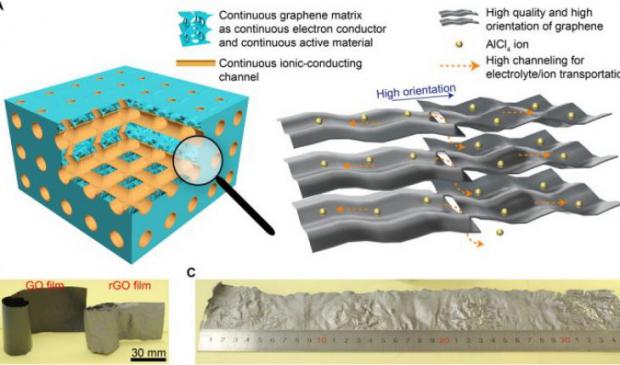
Breaking News
 Audio + English transcript from the closed-door July 9, 2025 court hearing in the case against...
Audio + English transcript from the closed-door July 9, 2025 court hearing in the case against...
 Trump: Obama started this WHOLE thing! (6 mins on it from the Maria B interview)
Trump: Obama started this WHOLE thing! (6 mins on it from the Maria B interview)
 Provoked: How Washington Started the New Cold War with Russia and the Catastrophe in Ukraine
Provoked: How Washington Started the New Cold War with Russia and the Catastrophe in Ukraine
 US Politics Is Just Nonstop Fake Revolutions Now
US Politics Is Just Nonstop Fake Revolutions Now
Top Tech News
 3D Printed Aluminum Alloy Sets Strength Record on Path to Lighter Aircraft Systems
3D Printed Aluminum Alloy Sets Strength Record on Path to Lighter Aircraft Systems
 Big Brother just got an upgrade.
Big Brother just got an upgrade.
SEMI-NEWS/SEMI-SATIRE: October 12, 2025 Edition
 Stem Cell Breakthrough for People with Parkinson's
Stem Cell Breakthrough for People with Parkinson's
 Linux Will Work For You. Time to Dump Windows 10. And Don't Bother with Windows 11
Linux Will Work For You. Time to Dump Windows 10. And Don't Bother with Windows 11
 XAI Using $18 Billion to Get 300,000 More Nvidia B200 Chips
XAI Using $18 Billion to Get 300,000 More Nvidia B200 Chips
 Immortal Monkeys? Not Quite, But Scientists Just Reversed Aging With 'Super' Stem Cells
Immortal Monkeys? Not Quite, But Scientists Just Reversed Aging With 'Super' Stem Cells
 ICE To Buy Tool That Tracks Locations Of Hundreds Of Millions Of Phones Every Day
ICE To Buy Tool That Tracks Locations Of Hundreds Of Millions Of Phones Every Day
 Yixiang 16kWh Battery For $1,920!? New Design!
Yixiang 16kWh Battery For $1,920!? New Design!
 Find a COMPATIBLE Linux Computer for $200+: Roadmap to Linux. Part 1
Find a COMPATIBLE Linux Computer for $200+: Roadmap to Linux. Part 1
Super aluminum-graphene battery has a 5-second charging time

They claim to have developed a novel aluminum-graphene battery that is more cold-resistant, can work in temperatures ranging from -40 C to 120 C and is less flammable.
The battery, which has a positive pole made up of graphene thin film and a negative pole of aluminum, can retain 91 percent of its capacity even after 250,000 charge/discharge circles, a marked improvement compared with the lithium battery.
Science Advances – Ultrafast all-climate aluminum-graphene battery with quarter-million cycle life
Abstract
Rechargeable aluminum-ion batteries are promising in high-power density but still face critical challenges of limited lifetime, rate capability, and cathodic capacity. We design a "trihigh tricontinuous" (3H3C) graphene film cathode with features of high quality, orientation, and channeling for local structures (3H) and continuous electron-conducting matrix, ion-diffusion highway, and electroactive mass for the whole electrode (3C). Such a cathode retains high specific capacity of around 120 mAh g−1 at ultrahigh current density of 400 A g−1 (charged in 1.1 s) with 91.7% retention after 250,000 cycles, surpassing all the previous batteries in terms of rate capability and cycle life. The assembled aluminum-graphene battery works well within a wide temperature range of −40 to 120°C with remarkable flexibility bearing 10,000 times of folding, promising for all-climate wearable energy devices. This design opens an avenue for a future super-batteries.
If a smartphone used such a super battery, it would last up to 70 years without losing its capacity, even with 10 charges every day. In terms of charging time, the super battery, when used by a smartphone, could be charged in 5 seconds and used as long as two hours, the research team said.
But industry expert Zheng Jiatu, deputy managing director of the China Electric Vehicle Charging Technology and Industry Alliance, said he is doubtful of the results published by the team.



